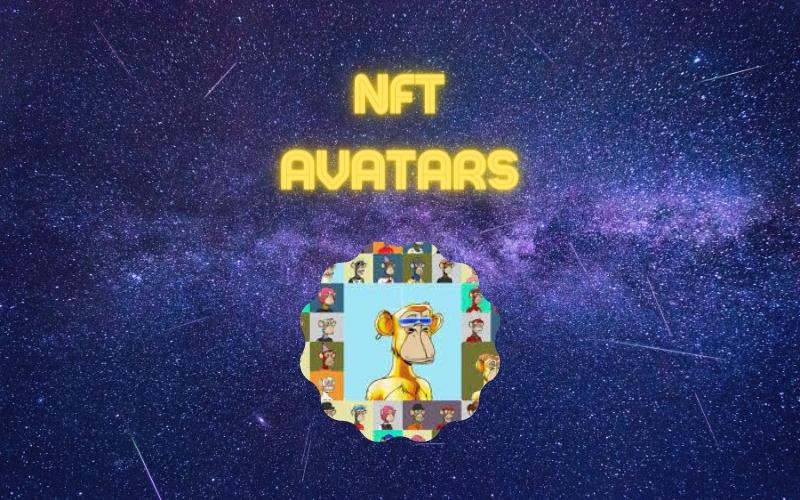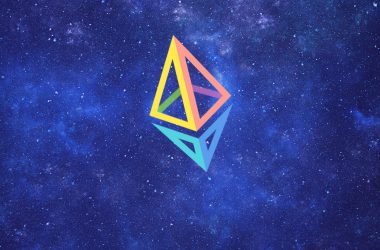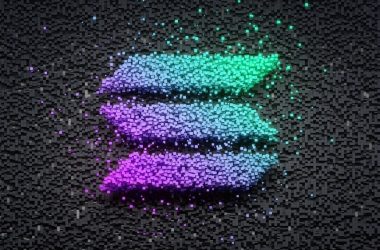Twitter avatars can now represent valuable NFT images, distinguished by a hexagonal frame. The decision arrived a day after Meta, the company behind Facebook, stated it is considering NFT features.
Twitter will add wallet connectivity features and verify the ownership of the NFT, going beyond merely using an owned NFT as avatars. While the idea has opponents, social media exposure may add status to avatars and possibly increase resale value.
The introduction of NFT avatars was met with a mixed reaction. On the one hand, NFT markets have opened up significant earnings for digital artists producing quality images.
But for others, the endless NFT collections are little more than a distraction or a money-grabbing scheme. Still, Twitter has chosen a subscription model, ending up with $3 monthly fees to have an NFT-displaying avatar.
Are NFT Just Swag
The NFT avatar sparked jokes of mass blocks, as the images are seen as just swag. Yet some of the most popular image collections are going beyond just pictures. Bored Apes Yacht Club has broken out into physical products, but also into play to earn games.
NFT items also include metaverse land plots. The technology also allows for staking and passive income within play to earn protocols.
The NFT market is also showing signs of remaining strong. After some stagnant periods, NFT sales continue, with more than $508M in average weekly sales. While not all sales can be verified, there is a market growth in wallets carrying NFT items in the past months.
Are NFT Web 2.0 or Web 3.0
The addition of NFT features to social media raises the question of whether digital goods are a real Web 3.0 technology. For now, most NFT still rely on social media infrastructure and extend the features of Web 2.0.
But beyond collections like CryptoPunks, Bored Apes and other avatar-centered items, some NFTs are tied to their game environment, attempting to build a real decentralized Web 3.0 infrastructure.










